Rose buds splitting open... Why?
seasiderooftop
last year
Featured Answer
Comments (9)
seasiderooftop
last yearRelated Discussions
first rose buds on overwintered roses!
Comments (26)Kuzariprincess - I just LOVE L.D. Braithwaite. What sumptuous roses!! Divine!! My 4 year old plant is about 2 feet X 2 feet and will grow taller. There are lots of buds on it! Souvenir de la Malmaison overwintered in your garden? Great!! I bought it this year. Really weird that it survived and your Morden didn't! Shazam - 50 buds!!! Wow!! I bought Bonica my first year growing roses and it died overwinter. I'm reluctant to try it again. Although it SHOULD survive winter here. Maybe I just didn't know what I was doing that first year. Janet - I wish we were at the "just enjoy it stage." We still have SOOOO much work to do. Oh well, it's fun! Well - BLANC DOUBLE de COUBERT won my first rose race!!!! Followed the next day by J.P. Connell!!! They both have around 50 buds each. Roses rule!! Carol...See MoreBuds turn brown, fall off ... why?
Comments (7)In my experience weather can affect the blooms to the point of them dying before having a chance to mature.. A very dry wind should be able to dry them out before opening. My MIP suffers from such events a lot. It might be a reaction from the rose itself conserving humidity or energy under adverse conditions. Less established / mature roses tend to suffer more. But it would better if somebody more accustomed to your kind of weather chimes in....See Morecauses of "bull-heading"??? buds that don't open properly???
Comments (21)I'm glad I started this thread. I'm not sure that we got down to 40 degrees F here, but it definitely has been unusually cool and rainy for this time of year. Still, I'm researching this boron thing. In my original post I complained about RdV's issues. RdV has always had blooming issues,even with "normal" weather in my garden,except for that one great flush I got after giving it the cracked corn last year. Though I'm reluctant to do it again now because of the badger issue, that DOES give me hope,and also suggests that there is a nutritional issue. Another rose that has been bothering me a lot is Charles XII. The fact is that I've never yet managed to get a satisfying bloom flush from this rose,even though it is now in it's 4th or 5th season in my garden. Now, earlier , I was threatening Chas. with The Shovel,but now I think it'd be unfair to judge him on the basis of this year's spring, just because it really IS chilly (and Chas was bred in a warm climate, to boot). However I think it quite possible that there's some kind of nutritional issue with this rose, too. I know that it is planted in very, very poor soil. This area of my garden's "soil" was pure clay, very, very inert. Nothing was growing there when I started out. Chopping with my pick,I could see that this area consisted of the typical very "soft" rock that makes up a lot of my soil. Don't know what it's called, but I'm pretty sure that, once exposed to air and water, in time this stuff breaks down into clay. Good for water retention, but totally unfertile. It's quite possible that I just didn't amend it enough, or with the right stuff. The Climbing Old Blush that I have growing in similar soil has much more marked disease issues than other plants of the same rose growing elsewhere in my garden,and the tips of the shoots all suffer die-back . I've only just begun my on-line reading, but have already read that boron deficiency, for example, is thought to play a part in causing bull-heads and proliferation in roses. Chas. also has vegetative centers; not sure if this is the same as proliferation. Another oddity: the ends of the side shoots on the older canes show a sort of die-back. These canes all seem to be blind shoots, whilst younger ones produce buds...must study this more! I did try to go easy on the nitrogen this year with Charles,so I wouldn't THINK that excess nitrogen was the problem, but you never know......See MoreWhy did my rose of sharon buds fall off?
Comments (3)Too wet, too dry or some other environmental adversity. Including perhaps the onset of autumnal temperatures. This likes rich soil, many of them here - where there is a lot of them to observe, both at outlets and in plantings - have quite poor leaf color most of the time. And hibiscus in general aren't wild about acidic soil either, which is dominant in my area....See Morelibrarian_gardner_8b_pnw
last yearlast modified: last yearseasiderooftop thanked librarian_gardner_8b_pnwseasiderooftop
last yearMoses, Pittsburgh, W. PA., zone 5/6, USA
last yearlast modified: last yearDiane Brakefield
last yearseasiderooftop
last year
Related Stories
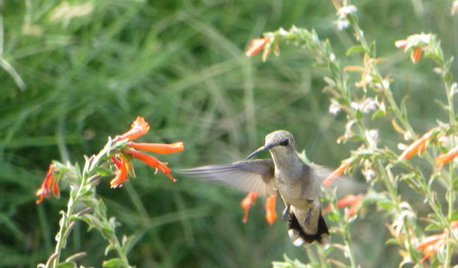
GARDENING GUIDESSweet Serendipity: Opening to Happy Garden Discoveries
Unplanned nature scenes can be unbelievably beautiful; you just need to know how to look
Full Story
REMODELING GUIDESHouse Planning: When You Want to Open Up a Space
With a pro's help, you may be able remove a load-bearing wall to turn two small rooms into one bigger one
Full Story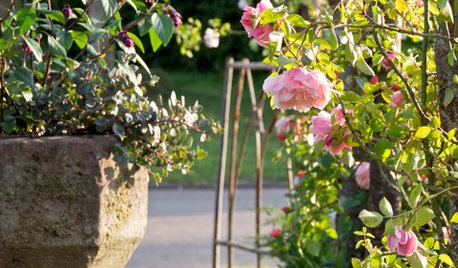
GARDENING GUIDESHow to Deadhead Roses and Other Garden Favorites
Follow this basic guide and learn how to properly deadhead roses and other flowers
Full Story
MOST POPULARIs Open-Plan Living a Fad, or Here to Stay?
Architects, designers and Houzzers around the world have their say on this trend and predict how our homes might evolve
Full Story
REMODELING GUIDESStep Up Your Split-Level Spec House
Three off-the-rack split-level homes, three dramatically different renovations. Let your favorite be your guide
Full Story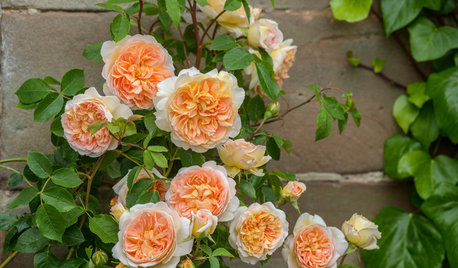
FLOWERSSneak a Peek at Some of Next Year’s Irresistible New Roses
Here are top 2018 picks for beautiful blooms, lovely fragrances and exceptional disease resistance
Full Story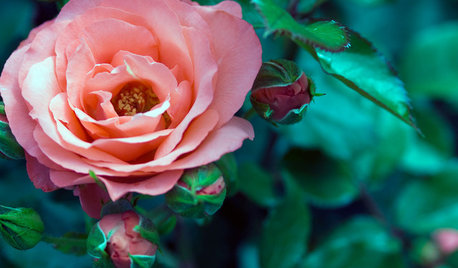
GARDENING GUIDESLearn the Secret to Bigger and Better Roses
Grow beautiful roses using both ordinary and unusual soil amendments
Full Story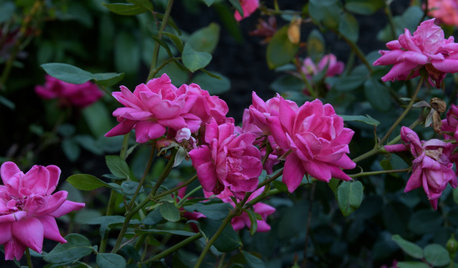
WINTER GARDENINGHow to Plant Bare-Root Roses
Late winter or early spring is a great time to put new roses into the ground
Full Story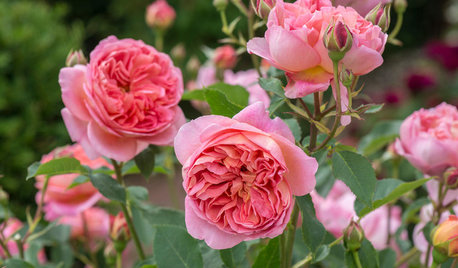
GARDENING GUIDESYou’re Going to Want to Stop and Smell These Roses
See top picks from David Austin’s most fragrant roses in colors ranging from ivory to crimson
Full Story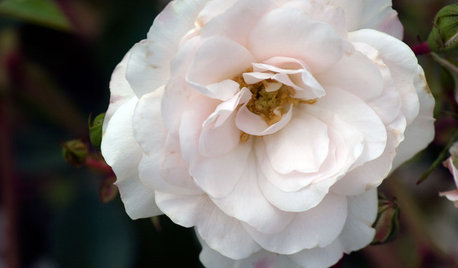
GARDENING GUIDES5 Favorite White Roses for a Purely Beautiful Garden
How does your garden glow? With roses that look like light and smell divine
Full StorySponsored
Central Ohio's Trusted Home Remodeler Specializing in Kitchens & Baths







Diane Brakefield